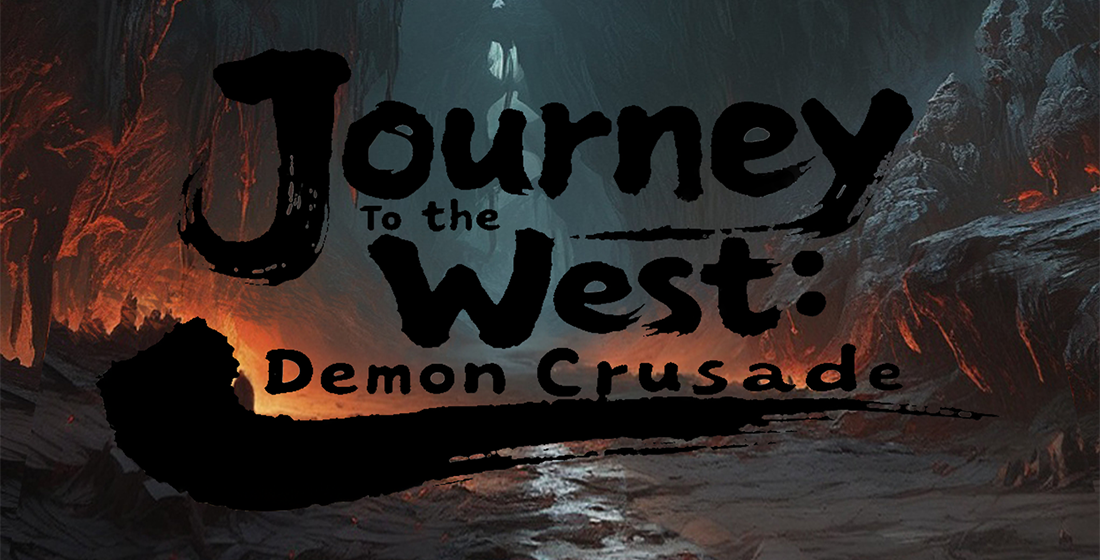Why Idle Games Are the Future of Building Games: Exploring Innovation and Engagement
In the vast world of gaming, trends come and go. But one genre is uniquely capturing the attention of players worldwide: idle games. These games, often dismissed as mere distractions, are rapidly evolving into something much more significant. They are, in fact, redefining the landscape of building games and changing how we think about game engagement.
What Are Idle Games?
At their core, idle games are designed for a unique kind of gameplay. Unlike traditional games that require constant player interaction, idle games thrive on a concept called "passive gaming." Players can make decisions once, then watch as their progress unfolds with minimal input. Think of them as the Netflix binge of the gaming world—relaxing, engaging, and oddly addictive.
The Rise of Idle Games: A Brief History
Initially emerging in the early 2010s, idle games started with simple mechanics. Over time, they have diversified, leading to various sub-genres and styles. Popular titles like Cookie Clicker laid the groundwork, paving the way for sophisticated idle games that combine elements from best story games on Game Pass.
Why Are Idle Games Becoming the Future of Building Games?
- Accessibility: Idle games are easy to pick up and put down, appealing to casual gamers.
- Innovation: Developers are constantly looking for fresh ways to engage via unique strategies.
- Player Engagement: Elements of progression keep players excited, leading to higher retention rates.
Innovation Through Simplicity
One of the most appealing aspects of idle games is their simplicity. Players aren’t overwhelmed by controls or intricate gameplay. Instead, they engage with the game at their own pace, which encourages more players to try out building games.
User Engagement: The Magic Ingredient
Idle games often incorporate community features, such as leaderboards and achievements, enhancing the competitive nature of gameplay. This fosters an engaging environment that traditional building games sometimes overlook.
Game Mechanics That Work
Building games are also benefiting from idle game mechanics. Here’s a small breakdown:
| Mechanic | Description | Impact |
|---|---|---|
| Automated Progression | Players set up systems that continue working even when not playing | Encourages continuous engagement |
| Resource Management | Players manage resources collected automatically | Promotes strategic thinking |
Not Just for the Casual Gamer: Esports in Idle Games
While most might assume idle games are for casual players, the reality is far different. Competitive elements are creeping in. Players are drawn into a community where they can show off their progress and strategies, creating an unexpected niche in the esports scene.
How Idle Games Enhance Building Strategies
Idle games offer innovative building strategies that challenge players creatively. They can take their time planning and perfecting their designs without the pressure of real-time constraints. The ethos of "you never go full potato" is better exemplified here; strategic plans, over time, could lead to substantial rewards.
Are Idle Games Here to Stay?
With the evolving gaming landscape, the influence of idle games is likely to strengthen. They're not merely a passing trend; they represent a shift in how players engage and interact with games.
Breaking Away From Conventional Gameplay
Embracing innovative idle game principles allows players to experience something new. Unlike the typical button-mashing games, these offer a less stressful opportunity for creativity and thoughtfulness in their construction.
Current Trends in Idle Game Development
As we look at what's next, several trends stand out. Developers are increasingly integrating:
- Storylines from the best story games on Game Pass
- In-depth lore and environments
- Unique thematic elements that attract different player demographics
Challenges That Idle Games Face
Not all that glitters is gold. Idle games come with challenges. Many players criticize them for lacking depth. Some feel they might become repetitive, over time leading to burnout. Balancing casual gameplay with engagement is essential for the longevity of these games.
Conclusion: A Bright Future Ahead
In conclusion, idle games are weaving their way into the fabric of the gaming community, particularly in the realm of building games. By embracing innovation, community engagement, and a refreshing approach to interaction, they're setting a precedent that traditional games might not replicate. So the next time you're contemplating adding an idle game to your collection, remember: it could just be the future of gaming you're witnessing.



